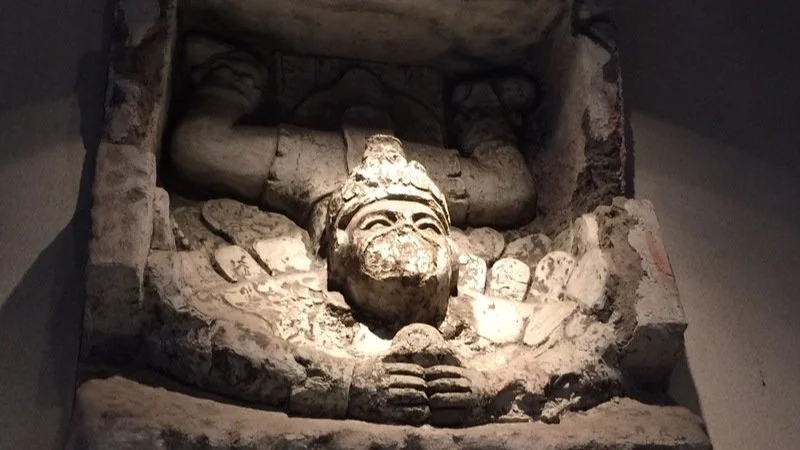Tulum's History: The Ancient Mayan World
Tulum is a charming village located in the heart of Riviera Maya. While known for its beautiful beaches and exotic parties, Tulum holds a fascinating history deeply intertwined with the culture of the ancient Mayan people. Delving into the past is the key to understanding Tulum's transformation into the sought-after destination it is today.
The Classic Period
The Mayan civilization thrived in the regions of lower Mexico, Honduras, Guatemala, El Salvador, and Belize during the classic period, spanning from around 300 to 900 CE. Recent research in Guatemala has shed light on their advanced society as early as 300 BCE.
The Mayans displayed remarkable architectural skills, constructing awe-inspiring temples and pyramids by hand that showcased their ingenuity. They developed a sophisticated writing system using hieroglyphics and demonstrated expertise in astrology and mathematics. Their artistic finesse resulted in remarkable creations, while their trading skills facilitated the cultivation of honey, vanilla, chocolate, pineapples, chili peppers, and papayas. Moreover, the Mayans constructed reservoirs and causeways and mastered the art of weaving fabrics with vibrant colors.
The Walled City of Tulum: A glimpse into the past
The name "Tulum" itself means "wall" in colonial terms. However, evidence suggests that it was once called "Zama," meaning "dawn" in the Mayan language. During the early 1800s, Juan de Grijalva stumbled upon this fortified city, which was inhabited by the Mayans from 1200 to 1450 CE until the late 16th century.
Tulum thrived as a prominent trade hub, connecting lands and seas and facilitating trade activities with regions as distant as Honduras. The abundance of artifacts from various parts of Mexico underscores its historical significance. Notably, the Tulum Ruins is one of the few fortified Mayan sites worldwide and stands as Mexico's best-preserved coastal archaeological site, attracting travelers from across the globe.
The Enigmatic Fortifications
The formidable wall encircling the Tulum Ruins boasts an impressive thickness, varying between 16 to 26 feet, and is constructed with limestone. While the true purpose of the wall remains a mystery, some theories propose that it served as a protective barrier against invaders. Others believe it delineated the living space reserved for nobility and priests, with the common people residing outside the wall.
The Iconic Diving God of Maya
An intriguing carving seen throughout the Tulum Ruins is that of The Descending God or Diving God of Maya. It is depicted upside down and often holding something in one or both hands. Not a lot is known about The Descending God, but he is associated with the Maya God of the Bees, named Ah Muu Zen Caab.
Honey was one of the top commodities in the Yucatan and The Diving God of Maya is presumed to be a symbol of economy and politics. If you venture outside of Tulum, you will find this carving at 3 other archaeological sites in the Yucatan.
Exploring Tulum: A Historical Feast
Exploring the Tulum Ruins today is a captivating experience, with the majestic El Castillo, perched on a 39-foot cliff, wow-ing visitors with its architectural grandeur and panoramic view of the jungle and sea. Beyond the walls, the Temple of the Frescoes awaits, showcasing a fascinating transformation over the years.
Tulum has undoubtedly evolved into a popular tourist destination, well-preserved with history, soft-sand beaches, a conscious community counterbalanced by a thriving nightlife. The turquoise waters are picture-perfect for swimming and capturing cherished memories. Plan your own journey to Tulum, to bask in its historical allure and gain an appreciation for the brilliance of the Mayan civilization. Are you ready for an enriching experience? Let's explore together.




